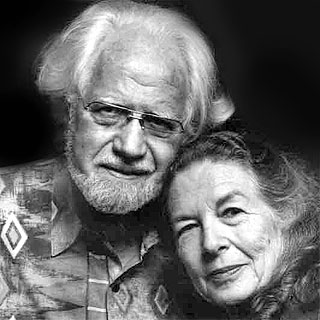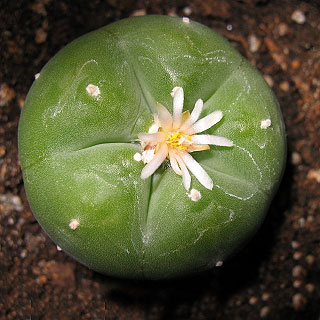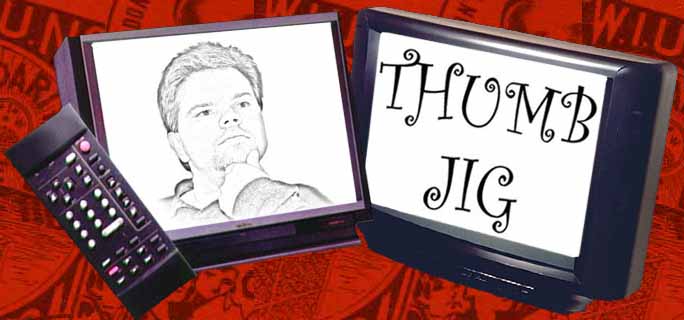 Self-Experimenters: Psychedelic Chemist Explores the Surreality of Inner Space, One Drug at a Time
Self-Experimenters: Psychedelic Chemist Explores the Surreality of Inner Space, One Drug at a Time
Alexander Shulgin endured a government crackdown and hallucinations of his bones melting in pursuit of new mind-bending compounds
By David Biello
Alexander Shulgin is the world’s foremost "psychonaut." The 82-year-old chemist has not only created more of the 300 known consciousness-altering (or psychoactive) compounds than anyone living or dead, he has, by his own account, sampled somewhere between 200 and 250 of them himself—most of them cooked up in the musty lab behind his home in the hills east of Berkeley, Calif., where he has shared many a chemical voyage with his wife of 26 years, Ann.
"I take them myself because I am interested in their activity in the human mind. How would you test that in a rat or mouse?" says Shulgin, known to friends as Sasha.
He has paid the price for his avocation. Some of his creations have induced uncontrollable vomiting, paralysis and the feeling that his bones were melting, among other terrors. And though some believe Shulgin has opened the doors of perception to a new class of potentially therapeutic mind-altering compounds, others argue that he bears responsibility for the damage that ongoing abuse of such now-illicit substances can cause.
As a student at the University of California, Berkeley, in the 1950s, Shulgin’s gateway drug was mescaline, a naturally occurring psychedelic found in peyote and other groovy cacti. "It introduced me to new colors which I had never seen before," Shulgin says. "It allowed me to interpret whatever I was looking at with an entirely new vocabulary…. And yet, what a simple structure!"
In the 1960s, while working as a biochemist at The Dow Chemical Co. in San Francisco, he couldn’t resist tinkering with the potent mescaline molecule. He synthesized entirely new compounds that retained similar, trippy qualities. Some variations were less potent, but others were even more powerful or imparted their own unique twist.
Shulgin, who left Dow in 1965 to consult for the U.S. Drug Enforcement Administration (DEA) among other pursuits, offered the best of his new chemical darlings to Ann, his second wife; the most promising of these were passed along to a close circle of 10 friends until the mid-1990s, when the DEA, no longer paying for his services, raided his lab and revoked his license to work with illegal drugs.
His personal favorite, which he describes as "extraordinarily comfortable and quite erotic," is known simply as 2C-B for its chemical makeup.
One by one, Shulgin has seen many of the compounds he
 invented or experimented with become illegal in the U.S., including some that have never been synthesized by anyone and some that he thought might prove therapeutic, such as MDMA (3,4-methylenedioxymethamphetamine), better known as ecstasy. "I was very sad to see MDMA achieve the status of a Schedule 1 drug," a designation that prohibits its manufacture or use in the U.S., he says. "I felt that it would inhibit research into its medical value and that’s the way it’s turned out."
invented or experimented with become illegal in the U.S., including some that have never been synthesized by anyone and some that he thought might prove therapeutic, such as MDMA (3,4-methylenedioxymethamphetamine), better known as ecstasy. "I was very sad to see MDMA achieve the status of a Schedule 1 drug," a designation that prohibits its manufacture or use in the U.S., he says. "I felt that it would inhibit research into its medical value and that’s the way it’s turned out."Some researchers agree that the government’s response to psychoactive drugs has deprived them of a unique window into human consciousness. After all, rodents will happily ingest most intoxicants and narcotics —from marijuana to heroin—but not the headier psychedelics.
"Peculiarly, not only did we make them illegal, but we backed away from them scientifically," says neuroscientist Roland Griffiths of Johns Hopkins University School of Medicine, one of the researchers who is restarting basic research into psychedelics. His lab has shown that psilocybin, the active ingredient in the variety of fungi known as magic mushrooms, can bring on lasting feelings of well-being. This may indicate that it could be harnessed to help clinically depressed or addicted patients.
Shulgin, who continues to study cacti for new chemical routes to altered states, predicts that by the year 2060, the number of different known psychedelics will have grown from 300 to 2,000. He intends to discover—and perhaps sample—as many of them as he can. "It is like opening a door to a hallway," he says, "that has unopened doors for its entire length, and behind every door is a world with which you are totally unfamiliar."


No comments:
Post a Comment